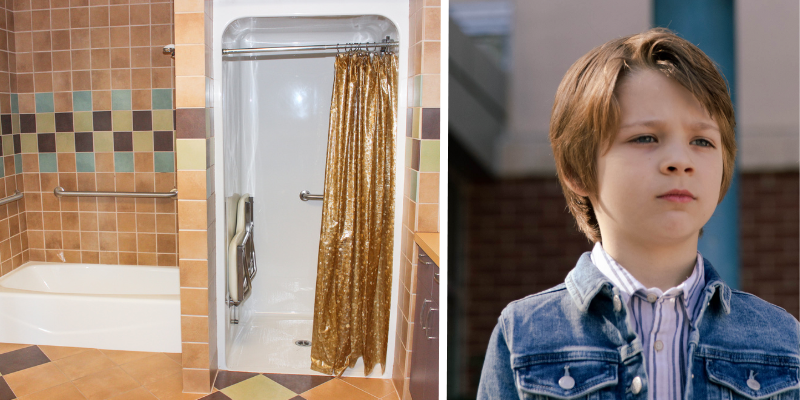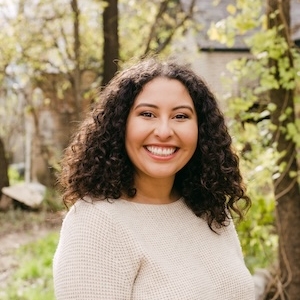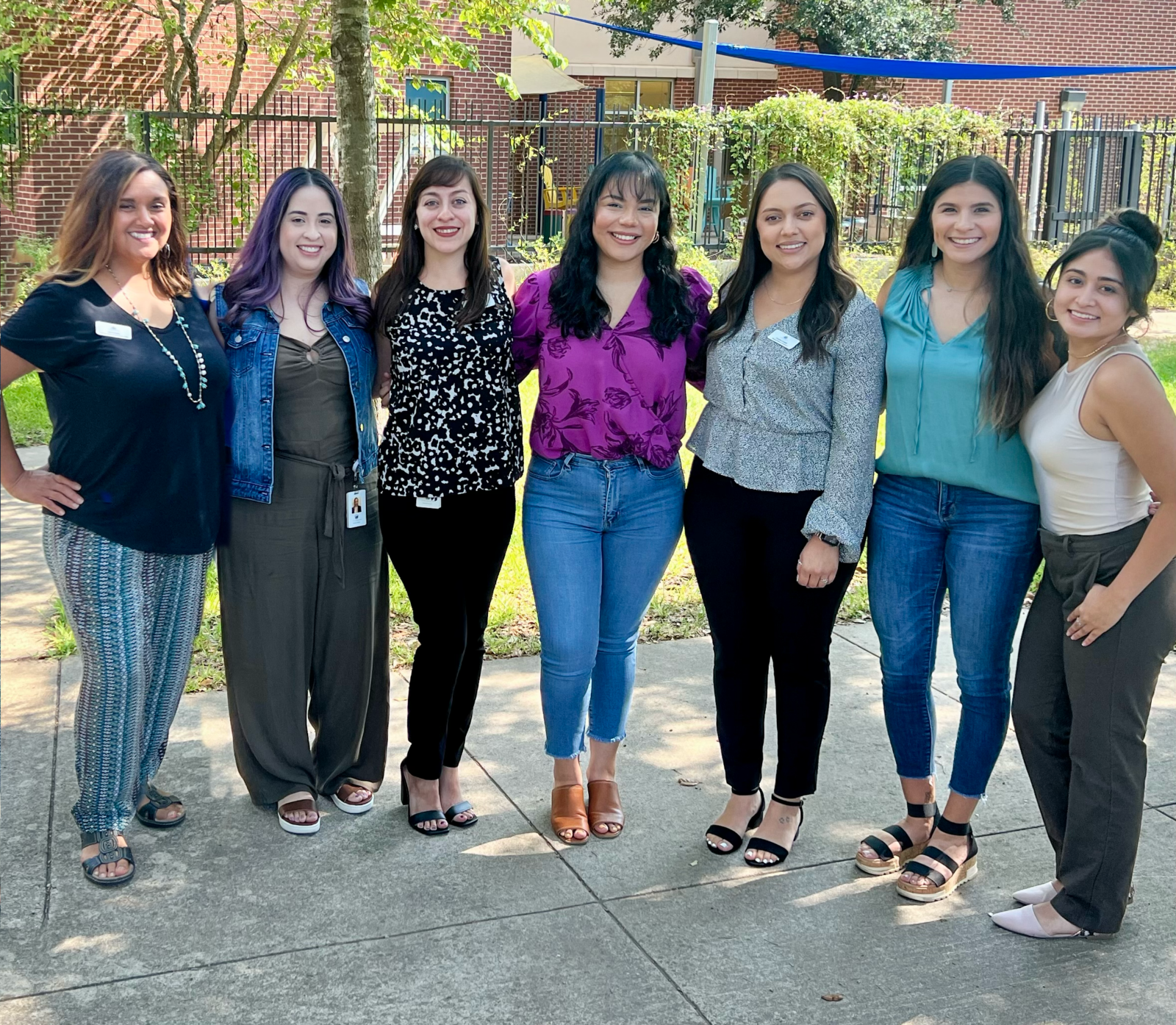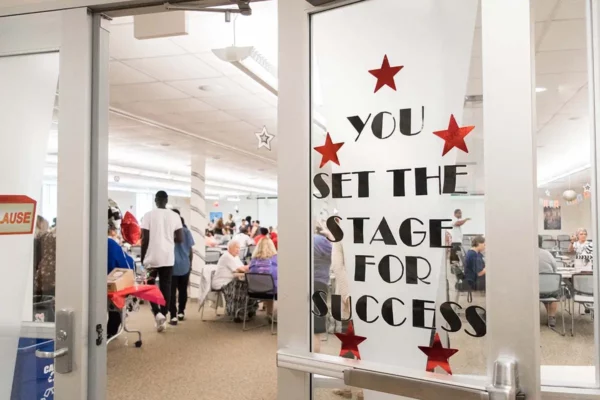Since 1992, the Center for Child Protection has conducted over 23,000 forensic interviews in a safe and child-friendly environment. Previous to the Center, these children would have to retell their experience up to 15 times to various agencies, re-traumatizing the child each time. As we observe National Forensic Interviewer Week, we’d like to share our discussion with Shelby Duarte, our Director of Forensic Services. Shelby and our dedicated team (above photo) work diligently to gather vital information from children who have witnessed or experienced violent crimes, ensuring their voices are heard and valued.

Shelby, what is a forensic interview?
“A forensic interview is a developmentally sensitive method of gathering information from a child who has experienced abuse or witnessed a violent crime. We specialize in asking non-leading questions while simultaneously matching the child’s speech, attention span, and emotional needs. During the interview, the child takes the lead in sharing their story, while the Child Protection Team attentively listens in a separate observation room. This approach minimizes the need for the child to repeat their story and ultimately seeks justice for the child.”

Shelby, is there a case that really impacted you?
“I’ll never forget this case from when I first started. An 8-year-old boy came in with his siblings and told me that his home didn’t have running water, they hardly had any food, and that a lot of his siblings had lice. I remembered from my orientation that we had showers here in our medical wing, so I asked the staff if we could offer him an opportunity to shower here. The boy was so grateful and when it was time for him and his family to leave, the staff provided the entire family with toiletries (including lice kits) from our Kid’s Closet. This is just one example of many that showcase how our team truly supports our clients.”

Is there one thing the community might not know about forensic interviews?
“We provide every resource necessary to help a child tell their story of abuse. For example, when a child communicates exclusively in American Sign Language (ASL), a specific team assembles: the Forensic Interviewer, the Certified Deaf Interpreter (CDI), and the Hearing Interpreter (at a Level 4 Interpretation). The CDI, fluent in ASL as their primary language, brings a deep understanding of slang and nuances. The Hearing Interpreter, although not a native ASL speaker, assists in translation. Through this collaborative effort, the team fosters an environment where the child can freely express themselves and feel genuinely heard.”
Here at the Center our Forensic Interviewers create a safe haven for children to share their stories. Their tireless efforts have a profound and lasting impact, ensuring that the voices of vulnerable children, their families, and their stories are heard and validated.
Thank you for being part of our community and supporting our vital work. Together, we are building a safer and more nurturing environment for all children.












